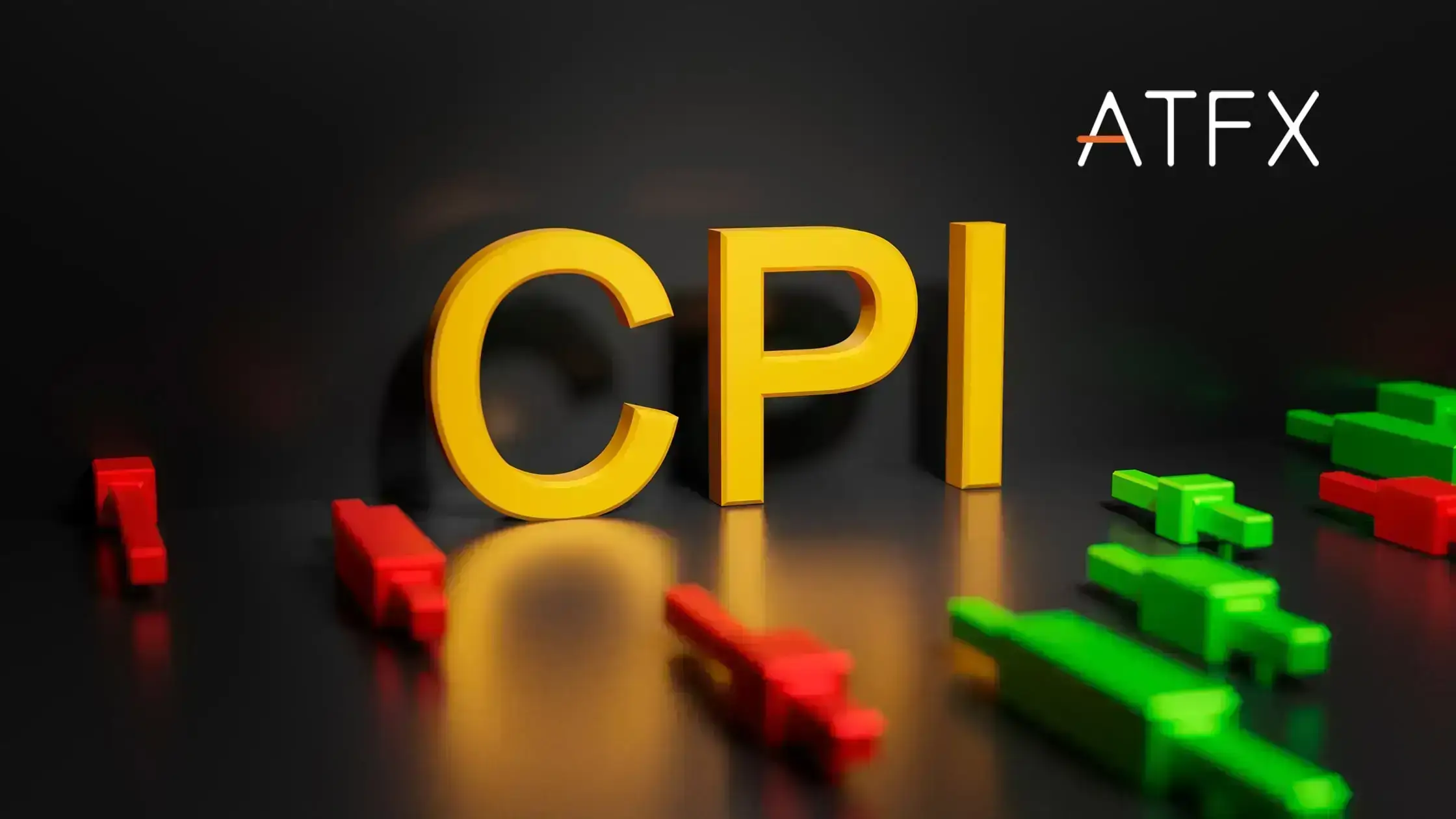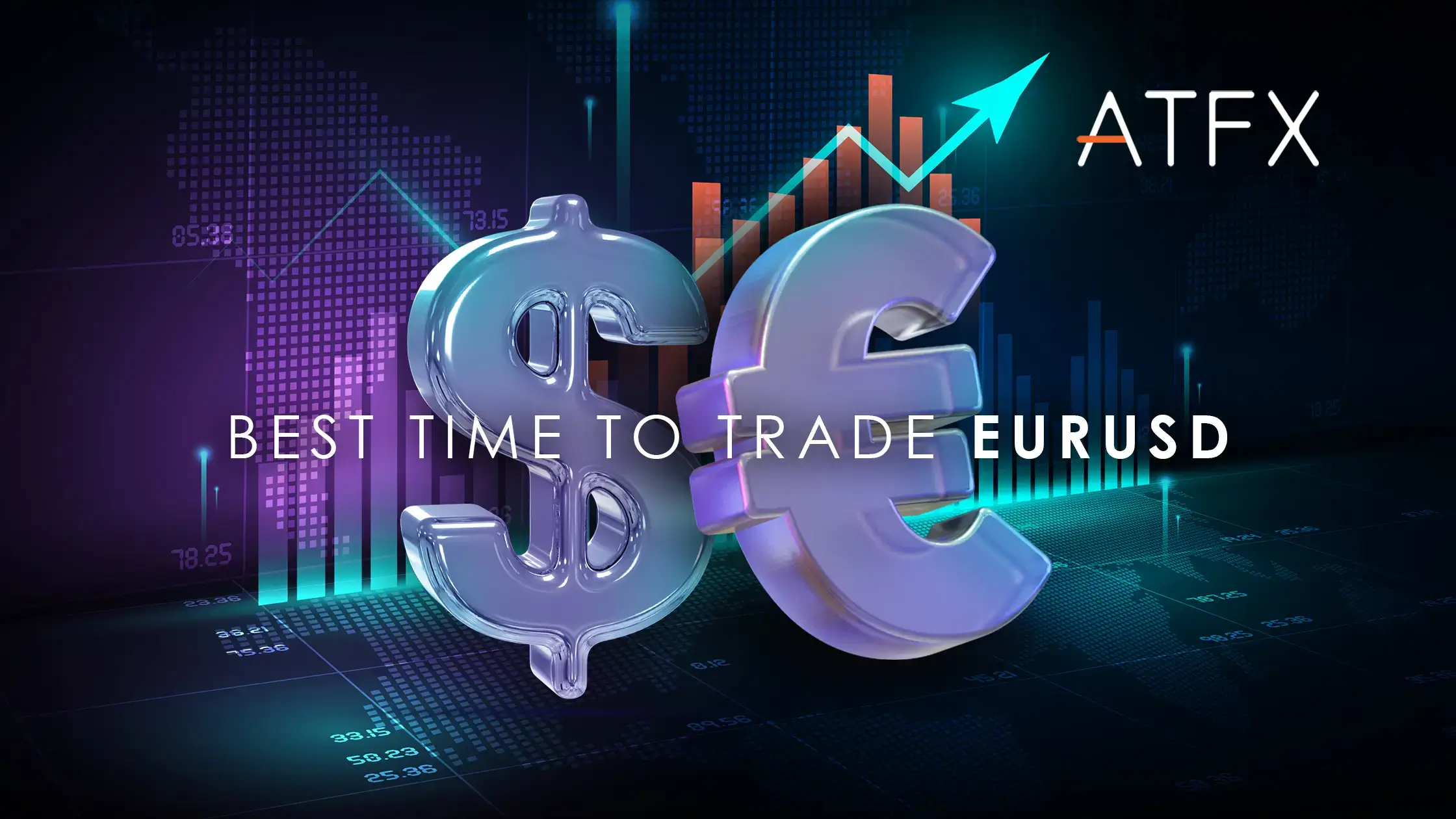What is Index Trading? Index trading is a unique approach to investing in financial markets, suitable for both beginners and experienced traders. It involves the buying and selling of financial instruments linked to stock market indices, allowing traders to gain exposure to the performance of a market segment or the entire market. index trading offers a unique blend of opportunities and challenges for traders looking to invest in financial markets. In this article, you will learn more about index trading and how to trade indices in 9 steps!
What is an Index (or Indices)?
In the context of finance, an index serves as a statistical tool reflecting the collective value of a basket of assets or portions of a market. Consider it as a fiscal gauge that assesses the condition of a specific market or sector. Indices come in several forms, such as stocks, commodities, and bonds indices. For example, a stock index such as the S&P 500 monitors the performance of 500 major companies traded on US stock exchanges.

What is Index Trading?
Trading in indices involves the transaction of a collection of stocks that form an index. This type of trading can be conducted using a range of financial tools, such as exchange-traded funds (ETFs), mutual funds aligned with an index (index funds), futures, and contracts for difference (CFDs). Distinct from trading in individual company stocks, index trading offers the opportunity to invest across an entire sector or the whole market.
How Indices are Composed
Indices are formed following particular standards, like market capitalisation or industry type. Take, for instance, the NASDAQ-100, which includes 100 of the biggest non-financial firms on the Nasdaq stock exchange. Various methods are used to determine an index’s makeup. One prevalent method is market-cap weighting, in which firms with larger market capitalisations have greater influence. To maintain accuracy with market fluctuations, indices are frequently adjusted.

Pros and Cons of Index Trading
Pros of Index Trading | Cons of Index Trading |
Diversification: Investing in an index spreads your investment across the various assets that make up the index, reducing the risk associated with individual stock investments. | Market Risk: Indexes are subject to market fluctuations. When the overall market declines, the index value typically follows suit. |
Cost-Effective: Index funds and ETFs generally have lower management fees than actively managed funds. This is because they are passively managed, merely tracking the performance of an index. | Limited Control: Investors do not have control over the individual stocks in the index. If you disagree with certain stock inclusions, changing them is impossible. |
Simplicity: Index trading offers a straightforward approach to investing in a broad market segment without analysing individual stocks. | Underperformance vs. Active Management: In some cases, index funds might underperform compared to actively managed funds, especially in a rapidly changing market. |
Transparency: Indices are generally well-defined and transparent, allowing investors to know exactly what they are invested in. | Lack of Flexibility: Index trading doesn’t allow for tactical shifts based on market conditions, which can be a limitation during market downturns. |
What Are the Largest and Most Traded Stock Indexes?
Some of the world’s largest and most traded stock indices include:
S&P 500 (US):
Represents 500 of the largest US companies.
Tracks 30 prominent U.S. companies.
NASDAQ Composite (US):
Includes around 3,000 stocks listed on the Nasdaq stock exchange, heavily weighted towards technology stocks.
FTSE 100 (UK):
Comprises 100 of the largest companies listed on the London Stock Exchange.
Nikkei 225 (Japan):
Represents 225 of the top companies listed on the Tokyo Stock Exchange.
(Growth of each index in past 5 years. Nasdaq-Blue, S&P500-Purple, Nikkei 225-Red, Dow Jones-Green, FTSE100-Yellow)
How to Trade Indices in 9 Steps
Here are the 9 steps:
Decide on an Investment Method
4 common investment methods include:
Exchange-Traded Funds (ETFs):
These ETFs track an index and are traded like stocks.
Index Funds:
Mutual funds that replicate the performance of an index.
Futures Contracts:
These are agreements to buy or sell the index at a future date for a predetermined price.
Contracts for Difference (CFDs):
Financial derivatives that allow you to speculate on the price movement of indices without owning the underlying assets.
Find the difference between spot, futures, CFD trading and the differences and similarities of CFD vs futures.
Choose a Trading Platform
When considering a trading platform for index trading, it is important to consider several factors, including user interface, fees, range of available indices, customer support, and the tools provided for analysis and trading. For instance, ATFX is a global online trading platform that caters to various trading needs.
Why Consider ATFX for Index Trading?
Wide Range of Indices: ATFX offers access to various global indices, allowing traders to diversify their portfolios by trading on different international markets.
User-Friendly Platform: The platform is designed to be accessible for both beginners and experienced traders. It offers an intuitive interface and tools that can be beneficial for analysis and decision-making.
Educational Resources: ATFX provides educational materials and resources, which can be particularly valuable for new traders looking to understand market dynamics and develop trading strategies.
Customer Support: Good customer service is essential, especially in fast-paced trading environments. ATFX offers 24/5 support, aiming to assist traders with any queries or issues they may encounter.
Advanced Trading Tools: For more experienced traders, ATFX includes advanced tools and analytics that can help in making informed trading decisions.
Create an Account and Log In:
After choosing a platform, create an account. This process typically involves providing personal details, completing a verification procedure, and setting up security features.
Choose the Right Index
Here’s how to approach this step:
Understand Different Types of Indices:
Market Capitalization Indices: Like the S&P 500, represent the performance of 500 of the largest publicly traded companies in the United States.
Sector Indices: Focus on specific industries or selected group of stocks like technology (NASDAQ) or the industry (Dow Jones).
International Indices: Offer exposure to foreign markets, like the Nikkei 225 in Japan or the DAX in Germany.
Analyse Market Trends and Economic Factors:
Study past performance, economic indicators, and market trends influencing each index.
Consider how global events, like policy changes or economic shifts, impact different indices.
Match the Index with Your Investment Goals:
If you’re looking for stability, consider indices with large, well-established companies.
For higher growth potential (and higher risk), look at indices in emerging markets or specific high-growth sectors.
Consider Diversification:
Choose indices that complement your existing portfolio to ensure a balanced investment strategy.
Choose the best time to trade indices:
The best time to trade indices is critical in maximizing potential returns and minimizing risk. Here’s an expanded view:
Understanding Market Hours:
Indices are traded on specific stock exchanges which have set trading hours. For example, the New York Stock Exchange (NYSE) operates from 9:30 AM to 4:00 PM (EST-5)Eastern Time.
International indices are accessible in different time zones, making trading around the clock possible.

Peak Trading Hours:
Generally, the market is more liquid during the opening and closing hours. This is when major market participants are active, leading to higher trading volumes and, often, more significant price movements.
The first hour after the market opens is particularly volatile as traders react to overnight news and market updates.
Overlapping Market Hours:
For global indices, consider times when major markets overlap, such as when both the London and New York markets are open. This is often considered a high-liquidity period.

Economic Releases and Events:
Major economic announcements or events can cause significant market movements. For example, the release of employment statistics, interest rate decisions, or earnings reports can impact indices.
Choose to Buy or Sell
Buying (Going Long)
Opting to ‘buy’ or ‘go long’ on an asset is based on the expectation that its price will keep rising. This strategy aims to capitalise on the anticipated rise in the asset’s value, aiming to profit from future increases.
Selling (Going Short)
Conversely, if you foresee a decline in an asset’s price, you might ‘sell’ or ‘go short’. This approach is geared towards earning profits from a market downturn by selling at a higher price and potentially buying back at a lower price.
Set Your Stops and Limits:
These tools help you manage potential losses and lock in profits automatically.
Understanding Stop-Loss and Take-Profit Orders:
A stop-loss order automatically sells your position at a predetermined price to limit potential losses if the market moves against you.
A take-profit order does the opposite, closing your position once it reaches a specifc profit level.
Determining Stop-Loss and Take-Profit Levels:
Base your levels on technical analysis, historical data, and risk tolerance.
Stop-losses are often set at a percentage below the purchase price, while take-profits are typically set at a percentage above.
Risk-to-Reward Ratio:
Consider the risk-to-reward ratio when setting take-proft and stop-loss orders. A common approach is a ratio of 1:2, where the potential profit is double the potential loss.
Trailing Stops:
Trailing stop-loss orders can be set to adjust automatically as the market moves in your favour, locking in profits while still providing downside protection.

Execute Trades and Monitor Performance:
This involves not just the act of placing trades but also actively managing and reviewing your positions.
Executing Trades:
Use your chosen trading platform to execute buy or sell orders. Ensure you understand the different types of orders (market, limit, stop orders) and use them according to your strategy.
Timing is crucial, especially if you’re day trading. For long-term investments, the exact timing might be less critical.
Monitoring Performance:
Regularly check the performance of your indices. This includes tracking not just profits or losses but also how the index performs in relation to market events and economic indicators.
Use tools provided by trading platforms for real-time monitoring and alerts.
Adjusting Your Strategy:
Be prepared to adjust your strategy in response to market changes. This could mean setting new stop-loss and take-profit levels or even closing a position earlier than planned.
Continuous learning and adapting are key. The market is dynamic, and strategies should evolve accordingly.
Closing the Trade:
This step involves deciding when to exit your position to realize profits or cut losses.
Deciding When to Close:
The decision to close a trade should be based on your initial trading plan, market analysis, and current market conditions.
Consider closing a trade when your set profit targets are reached or if the market moves against you and hits your stop-loss level.
Be aware of significant market events or economic indicators that might impact the index you are trading.
Monitoring Market Conditions:
Keep a close eye on market trends and news that might affect your position. Be ready to close the trade if the market environment changes significantly.
Use technical indicators and market analysis tools to guide your decision-making process.
Emotional Discipline:
Maintain emotional discipline. Avoid the temptation to stay in a trade longer than necessary out of greed or to exit too early out of fear.
Ready to practice index trading without risking real money?
Ready to embark on your index trading journey? Sign up for a free demo account with ATFX to dive into the world of trading firsthand. Once you feel prepared, you can switch to a live account for actual trading experiences. ATFX provides diverse indices markets accessible through our intuitive MT4 platform. This is your chance to test different trading strategies in a risk-free environment. Get your free demo trading account with ATFX now and start exploring!



